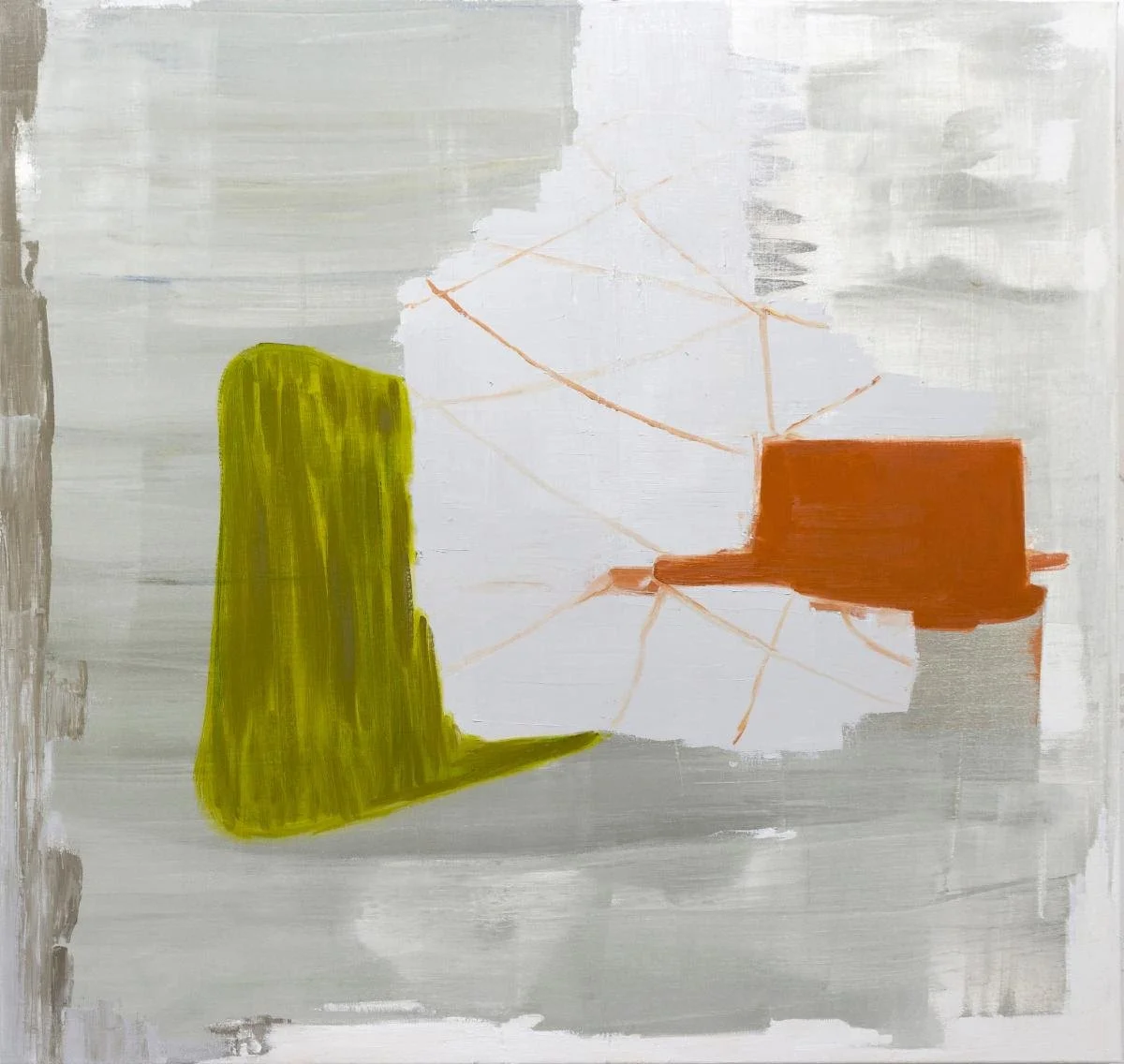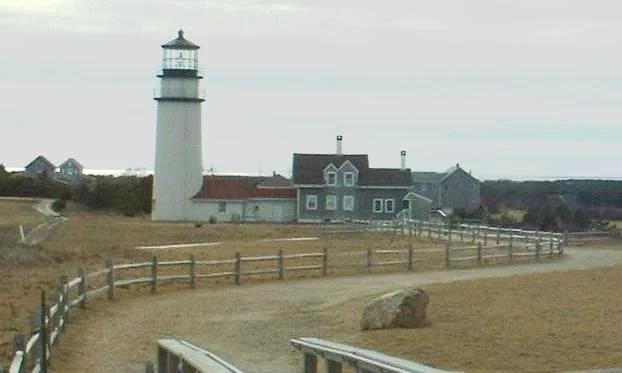
‘Where is everybody?’
“North Truro Red” (oil), by Mitchell Johnson, in his show “Nothing and Change, 1990-2022,” at Truro (Mass) Center for the Arts.
From Jesse Nathan’s commentary on the show:
"Fewer human figures populate Johnson’s spare but vibrant art than do {Edward} Hopper’s — and in this exhibition, you can almost count them on one hand — and Johnson’s often have their backs to us, or their faces blurred.
“Where is everybody? Where are the cars and their drivers? The beach houses and benches and lifeguard chairs are empty, as if the occupants are swimming or walking or long gone. Where did the lifeguards go? Where did any of us go? Because they seem almost peaceful, the weight of the sadness in these paintings didn’t hit me until later: humans are a mess.”
We could all use some
“An Intervention” (acrylic and oil on canvas), by Deborah Dancy, in a group show at the Truro (Mass.) Center for the Arts, July 12-July 22.
The center says that Deborah Dancy's multimedia artwork walks between abstract and figurative work. “Her paintings, photos and drawings capture everyday moments through a unique lens.”
She explains in her Web site:
"My work is an investigation of abstraction’s capacity to engage beauty and tension without justification or narrative. In my paintings and works on paper, I do not specify references; meaning is organic since images mingle, shift, and position themselves within a field of agitated or flat color. Within these works, inspiration springs from diverse sources sponsored, in part, from the views of gnarled and jagged trees and bark from the woodlands surrounding my home, discarded shards of construction debris, and constant encounters with the internal and external world. In this odd combination of elements, the initial mark prompts the starting point. Hesitation and agitation of brush strokes within the gesture reveals content. Incompleteness- the unfinished fragment of what - ‘almost was’ and ‘might become’ amplifies meaning. In this orbit, painting explores what I consider as embracing the unpredictable and accidental. Accepting this means I suspend assumptions and allow discoveries to emerge. This edge of conflict and sequence of processes, including scraping and repainting, fresh forms, and constructed imagery, becomes the elemental act of painting.’’
Highland Light, in Truro. The famous lighthouse’s original site is marked by the boulder in the foreground. It was in danger of falling down the cliff that it was perched near the edge of because of erosion, and so the structure was moved 450 feet to the west, in 1996.
It all started in 1797, when a wooden lighthouse was authorized by George Washington to be built to help warn ships about the dangerous coastline between Cape Ann and Nantucket. It was the first lighthouse on Cape Cod. In 1833, the wood structure was replaced by a brick tower. In 1857 the lighthouse was declared dangerous and demolished and the current 66-foot brick tower was constructed.
Will it have to be moved again as seas continue to rise and erosion accelerates on the Outer Cape?


